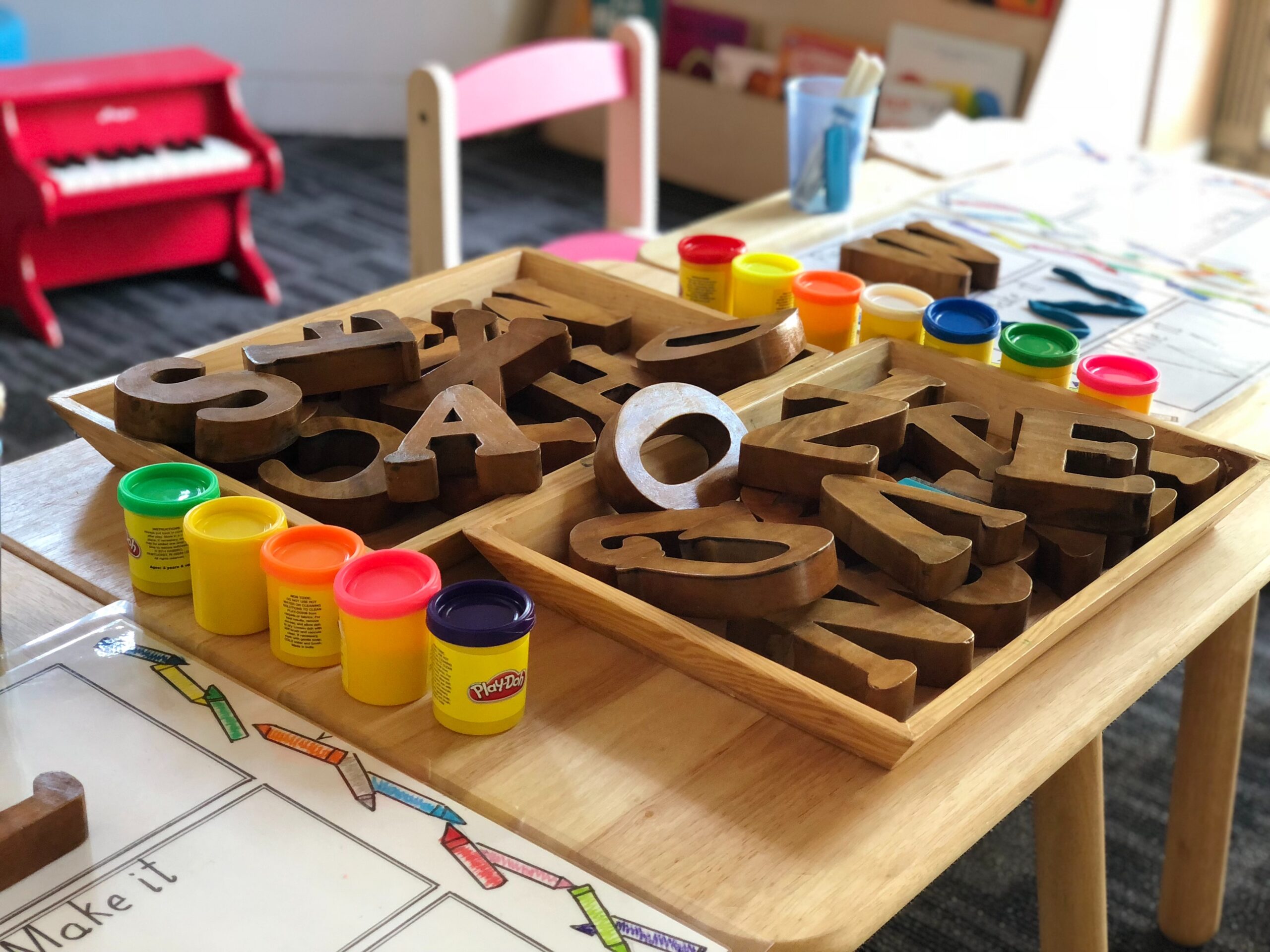The pandemic caused a wide range of school disruptions that will have effects for years. Now school officials are bracing themselves for a fall semester like no other, when a huge influx of children ages 4-6 enter the school system. “Seventeen states and the District of Columbia require full-day kindergarten, and 39 states plus the District of Columbia require districts to offer kindergarten either full or half day.” Yet some parents, (about 16%) opted to keep their children at home rather than have them experience remote learning during the pandemic. Their absence will have significant consequences on kindergarten enrollment in the fall, as parents consider whether their children should repeat or proceed to first grade. “A 2013 study in the journal Educational Evaluation and Policy Analysis reports that this phenomenon, known as academic redshirting, occurs yearly in approximately 4-5% of the kindergarten-age population.”
Academic red-shirting is a hotly debated topic and will be especially relevant in 2021. Those in favor of holding children out for a year point to several advantages: increased maturity and social confidence, higher achievement in math and reading, and fewer behavior problems in school. On the other hand, opponents of the practice cite older children’s “difficulty maintaining relationships with younger classmates, and the loss of a year of special education services, if needed.”
School officials are attempting to predict what impact the past pandemic year will have on kindergarten enrollment. They will have to address the possibility of unusually large class sizes and the recruitment of additional teaching staff. In addition, they are uncertain about how to address the disparate experiences that students have had learning at home. Will children be screened for age-appropriate skills to determine readiness? Prior to the pandemic, in 2019, the NWEA reported that kindergarten readiness skills were trending downward. Will this trend worsen now? Will transition classes and individualized instruction be added to assist young students in their adjustment to school?
The ultimate decision regarding entry into kindergarten lies with the parents. In order to make the best decision for their child’s entry level,they need to be proactive. They should consider the child’s maturity, the experience (if any) in preschool, the rigor of the district’s kindergarten program, and possibility of prekindergarten screening. Resources such as The Children’s Reading Foundation offer not only free booklets, but also free workshops “that promote parent engagement and teach families helpful tips to nurture their child’s development in ways that foster essential early literacy, math, and social and emotional development skills.”
How large will the kindergarten surge be? The answer may still be months away.


